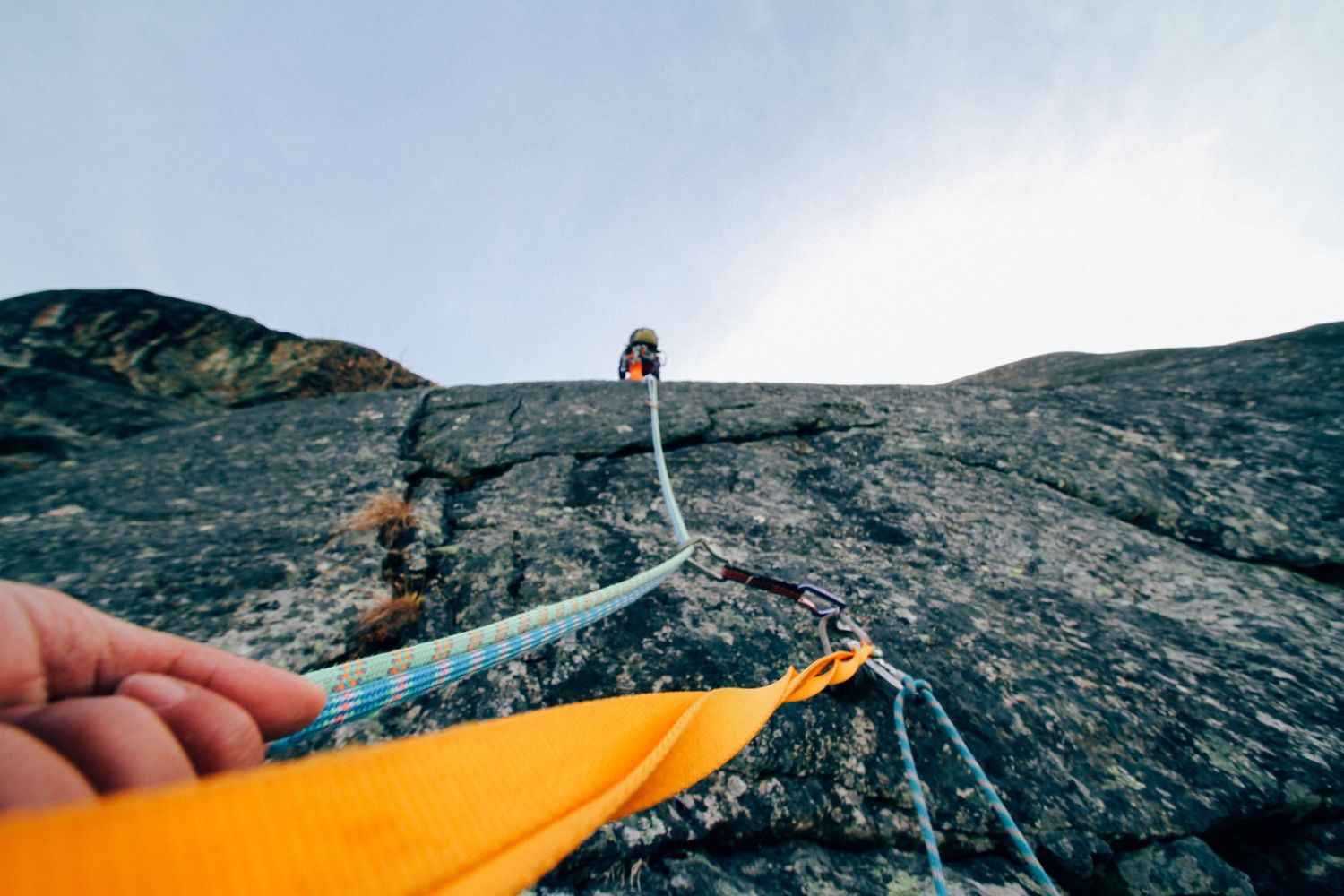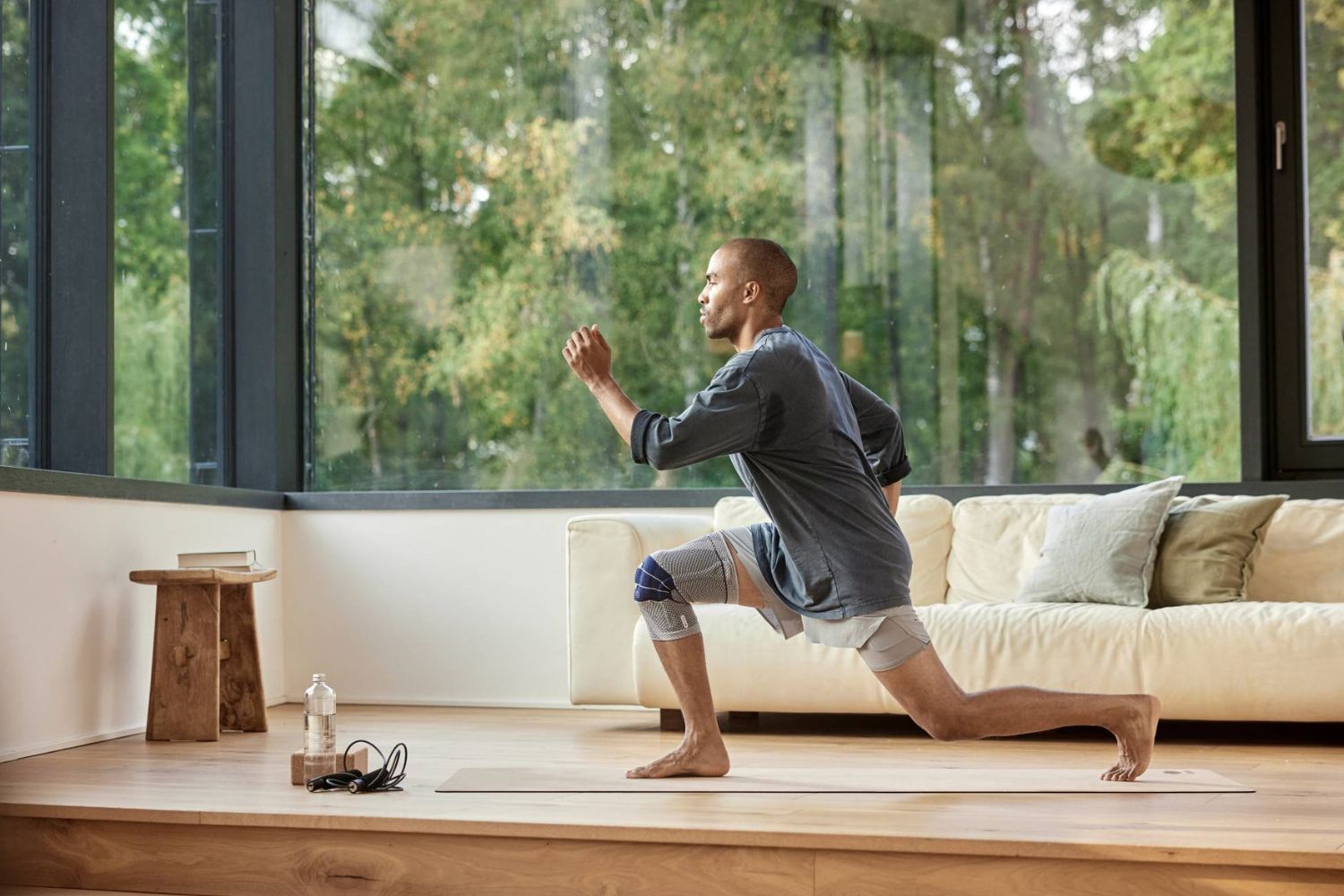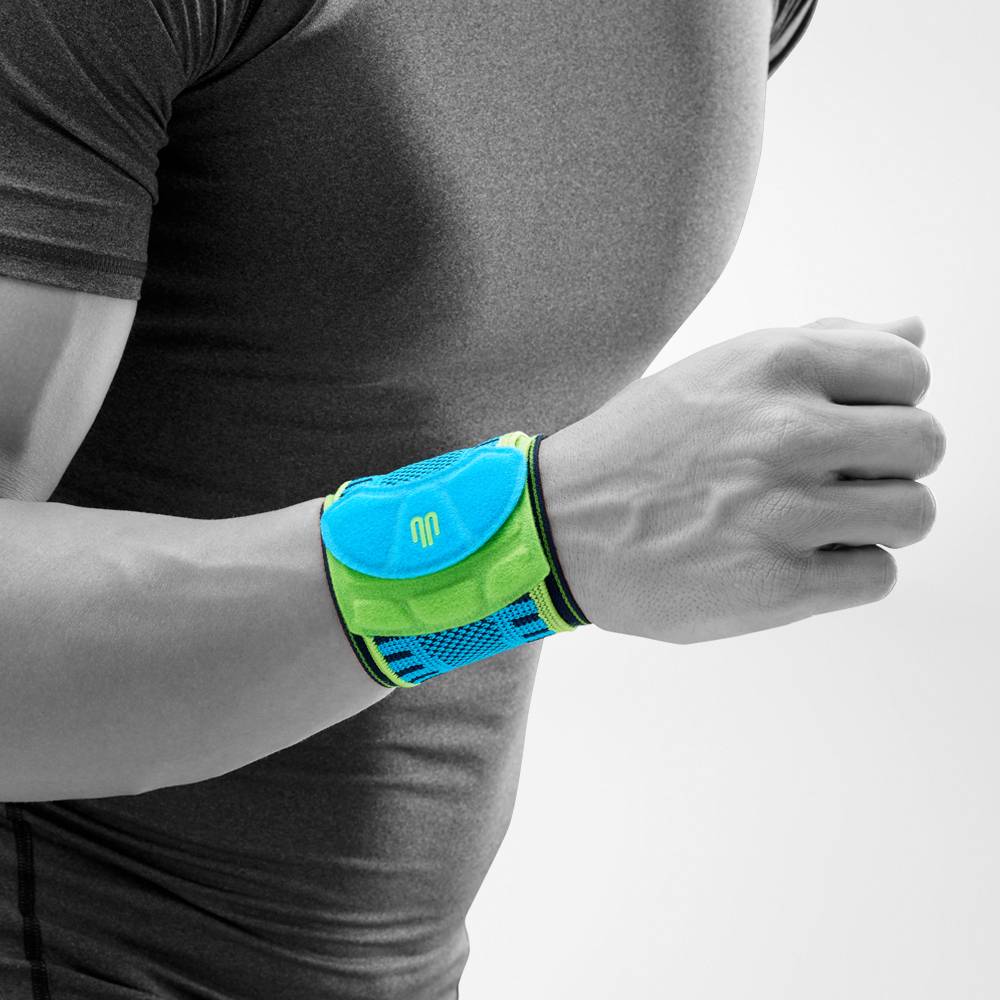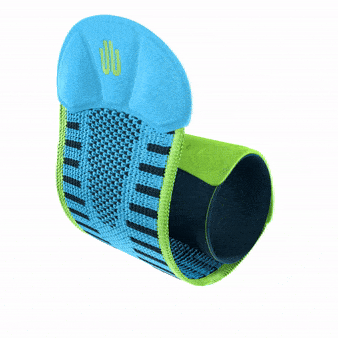Wrist and hand injuries make up as much as 73% of all rock-climbing injuries! The number may seem shocking, but it's important to remember that the wrist is a pretty delicate structure without any significant muscles to support it. Not to mention, climbing relies quite heavily on the hands and wrists. So, from strengthening exercises to climbing wrist supports, here’s how to protect your wrists from climbing pain and injuries.
Common wrist injuries in climbing
- Wrist tendonitis: Wrist tendonitis comes on gradually and is often the result of overuse. During long climbs, the muscles in your hand and wrist may fatigue, making surrounding structures like the tendons pick up the slack. Over time, the tendons develop tiny microtears that cause the tissue to inflame, causing pain, stiffness, redness, and swelling.
- Carpal tunnel syndrome: Carpal tunnel is also an overuse injury. It affects the medial nerve, which runs through your wrist and into your thumb, index, middle, and ring fingers. When the carpal tunnel housing the nerve starts pressing into the nerve, it results in pain, tingling, and numbness that can sometimes radiate up into the elbow.
- Wrist sprain (commonly in the TFCC): The Triangular Fibro Cartilage Complex combines cartilage and ligaments on the pinky side of the wrist. In climbers, the complex is often injured by compression (i.e., when you fall onto the hand), overuse, or over-extension, like when pulling yourself up or across using the gaston hold. With a TFCC sprain, you’ll likely get pain and swelling on the pinky side of the wrist. You might also get some instability, cracking or popping sounds, and sometimes, have difficulty gripping things.
- Fracture: When you fall onto your outstretched hand, some of the bones in your wrist (like the Distal Radius or Humatum) may crack from the force.
Strengthen your wrists
The stronger your wrist’s support network of muscles is, the better it can protect other tissues (like ligaments and tendons). And so, by extension, the lower your risk of injury.
Wide pinch hold
This is an excellent exercise for strengthening the wrist extensors, which you’ll rely on when gripping pinch holds and open-hand edges.
- Stand up in a neutral posture.
- Grab a grip that’s ~10 cm wide and weighs 0.5-1kg, like a wooden plank or a large glass water bottle.
- Pinch and hold it between your fingers and thumb for 30 seconds
- Release
- Repeat three times
Note: If you’re not finding the weight challenging enough, hold it for longer or pick up something heavier (like a weight plate)
Weighted wrist flexion and extension
The wrist flexors and extensors enable a strong and stable grip while climbing.
- Sit at a desk with your forearm resting on its surface and your hand hanging over the edge.
- Hold a light dumbbell in your hand.
- For wrist flexion, your palm should face up. Slowly bend your wrist upward as far as you can. Hold the position for a few seconds, then lower it back down. Repeat 15-20 times.
- For wrist extension, your palm should be facing down. Slowly bend your wrist up as far as you can. Hold the position for a few seconds, then lower it back down. Repeat 15-20 times.
Weighted supination and pronation
This exercise also targets the forearm muscles, helping strengthen and stabilise the wrist.
- Sit in a chair with the side of your forearm resting on the table and your wrist and hand hanging over the edge. Your thumb should face the ceiling.
- Hold one end of a light dumbbell in your hand.
- For wrist supination, slowly rotate your wrist until your palm faces the ceiling. Hold the position for a few seconds, then slowly rotate your wrist back to the starting position. Repeat 15-20 times.
- For wrist pronation, slowly rotate your wrist until your palm faces the floor. Hold the position for a few seconds, then slowly rotate your wrist back to the starting position. Repeat 15-20 times.
Finger extensions
This exercise targets and strengthens the finger extensors, which work to stabilise the hand during climbing.
- Place the joints between the topmost two digits of your fingers into a finger stretcher band.
- Slowly extend your fingers away from your palm as far as possible, then release.
- Repeat 10-15 times.
Brace
Sports Wrist Strap
Wrist straps for climbing compress the wrist to improve stability and grip strength. Thanks to the external stabilisation the straps provide, the fine forearm muscles have to do a little less work, reducing their rate of fatigue. With these muscles working longer, your tendons and TFCC are at less risk of overuse.
The compression effect also improves your proprioception: your ‘awareness’ of how you move and position the wrist. Hence, you’ll be a little less likely to make damaging movements during your climb.
And last but not least, they improve your grip strength. You’ll be able to climb longer without your wrists feeling as fatigued (and be less prone to falls and associated wrist damage to boot!)
All that said, not all wrist supports for climbing are made equal. Always aim for a quality-made, breathable, and anatomic design so the strap stays firmly in place and is comfortable for long climbs.
Always warm up before a climb
Warm-ups are crucial, as they prep the muscles before any workout. Wrist warm-ups will boost circulation through your hands, fingers, and forearms and work to make those muscles more flexible before your climb. Here are some good exercises to try:
- Prayer hands: Press your palms and fingers together as if in prayer to stretch your wrist flexors. Hold the stretch for 10 seconds.
- Isolated finger stretches: Start by curling your index finger as far as possible. Pinch your finger in and back with the index finger and thumb of your opposite hand. The pinching thumb should be at the finger's base knuckle as you curl it. Repeat for all fingers to work them through their ranges of motion.
- Flicks: Lift your arm up in front of you. Starting from a fist, quickly flick your fingers open. This warm-up will work your finger extensors and pump up the blood flow through your hand and forearm.
To sum up
Considering all the injuries your wrist can sustain during climbing, it’s a good idea to give the joint some extra care and attention. Strengthen its support muscles through hand and wrist exercises, get wrist straps for climbing, and always warm up before scaling up a cliff. While there’s no 100% foolproof way to avoid wrist pain and injury on a climb, taking these measures will reduce your risk.
Check out more wrist supports: Bauerfeind Wrist Braces



















